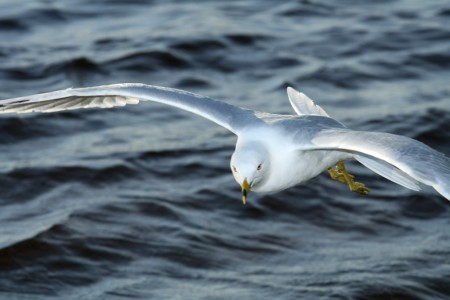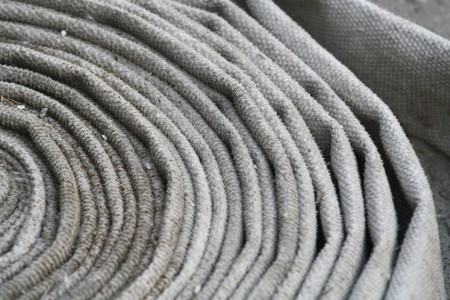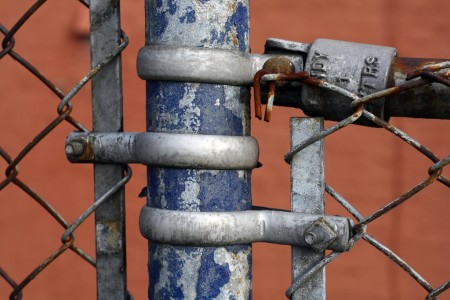
In my own experience, the situations that endanger cyclists and the operators of other vehicles near them usually arise because of a lack of awareness about making movements perpendicular to the flow of traffic. In front of a cyclist, imagine a cylinder projected forward, with a length corresponding to the distance it would take that cyclist to stop safely. If you move into that cylinder, there is likely to be a collision.
To avoid this, I suggest two basic practices:
- Move in a clearly signaled and predictable manner. When making turns, always signal them. Do not make turns from lanes where it is not allowed. When opening a car door beside traffic, do so slowly. When changing lanes, signal and do it in a smooth and controlled way. When entering the flow of traffic, do so in a controlled and visible way.
- Check your blind spots, whenever moving more than half a lane to the left or right. In particular, make sure to check the blind spot to your right when you are making right hand turns (even if you are in the rightmost lane) and make sure to check your left blind spot when opening a car door beside traffic. Those two habits can help you avoid the two most common cyclist fatalities: the ‘door prize,’ which occurs when a car door gets opened in front of a cyclist and they collide, and the ‘right hook,’ where a vehicle makes a right turn in front of a cyclist and they collide.
None of this is to say that cyclists are not responsible for safety, as well. Indeed, all the behaviours above apply to cyclists dealing with other cyclists.
In addition to these, cyclists should be highly visible, signal clearly, obey traffic rules, and move in a clear and predictable manner. Don’t cycle within door range of parked cars and, if safety requires it, feel free to occupy a whole lane. Cars behind you might start going nuts, but it is a smarter option that cycling on some marginal pavement or in an unsafe position. For example, there are a number of roads in Ottawa where the pavement on the rightmost extreme is in a very bad state of repair – so much so that it might make you fall or force you to swerve. In these situations, I find it sensible to make sure there isn’t a car just a couple of feet to the left of me.
Going back to the safe stopping cylinder for a moment, it is true that a cyclist can stop very quickly if absolutely necessary – though the process is chaotic and unpleasant. It consists of braking so hard you lock your front wheel, then going flying over your handlebars. It is better than colliding with a car, but it is far from pleasant and can generate other unexpected movements or collisions. Helping cyclists avoid these kind of stops is one of the more important things you can do as someone sharing a road or path with them.





